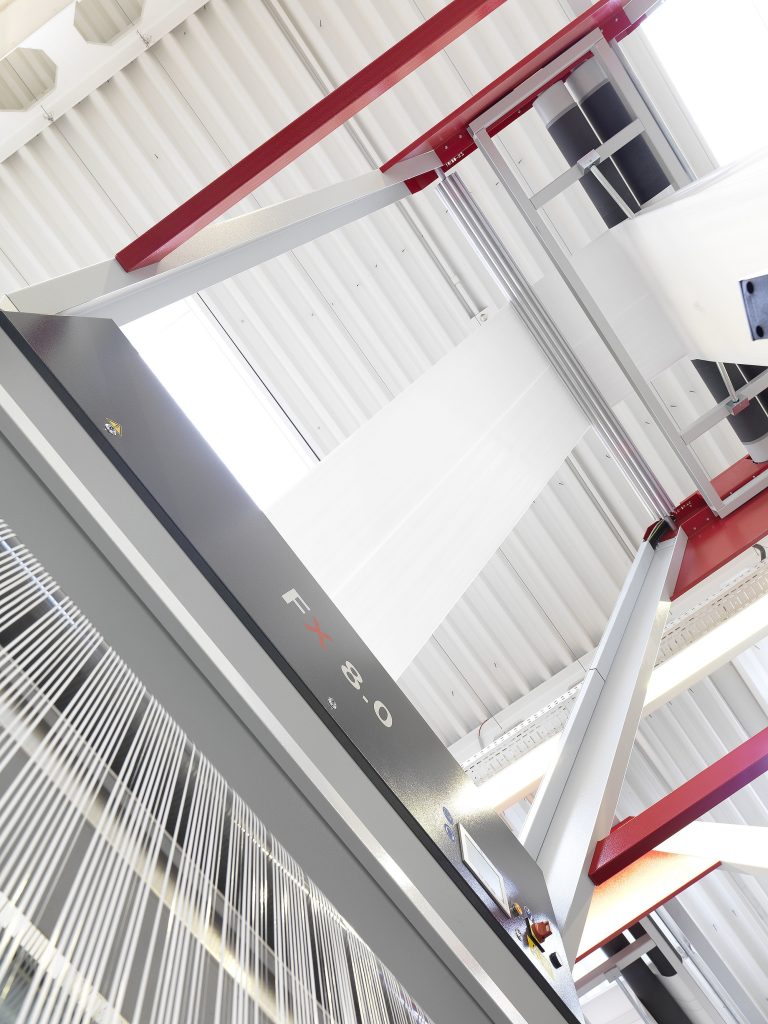
By integrating advanced material science, precision engineering, and rigorous quality control protocols, multiwall laminated woven bags have become indispensable for industries requiring durable, safe, and sustainable packaging. This report examines critical quality parameters—thickness, weight, size, anti-static properties, and load capacity—while highlighting how VidePak’s expertise and Starlinger-driven production ensure global compliance and customer satisfaction.
Core Quality Parameters: Thickness, Weight, and Size
Multiwall laminated woven bags are engineered to meet diverse industrial demands. VidePak’s product specifications align with global standards while offering customization:
1. Thickness and Grammage (GSM)
- Thickness Range: 0.15–0.5 mm, achieved through multi-layer lamination (2–5 layers).
- GSM Range: 80–250 GSM, balancing strength and cost efficiency. For example:
- 80–120 GSM: Lightweight retail packaging (e.g., pet food).
- 150–200 GSM: Industrial use (e.g., cement, fertilizers).
- 200+ GSM: Heavy-duty applications (e.g., construction debris).
2. Size Customization
- Standard Sizes: 30 cm × 50 cm to 100 cm × 150 cm.
- Custom Dimensions: Tailored for automated filling systems, such as 45 cm × 90 cm for FIBC jumbo bags in chemical transport.
Case Study: A European agrochemical firm required 1,200 GSM bags with 1.2-meter widths for bulk pesticide storage. VidePak’s 30+ lamination machines enabled rapid prototyping, reducing lead time by 40% compared to competitors.
Anti-Static Technology: Safeguarding Sensitive Materials
Static electricity poses risks of ignition in flammable environments (e.g., coal dust, powdered chemicals). VidePak’s anti-static woven bags employ two mechanisms:
- Conductive Additives: Carbon nanotubes (CNTs) or metallic fibers are blended into polypropylene (PP) during extrusion, creating a conductive network that dissipates charges. Tests show a surface resistivity of ≤10⁸ Ω/sq, complying with IEC 61340 standards.
- Laminated Coatings: BOPP films with anti-static agents (e.g., glycerol monostearate) reduce static accumulation by 85% in humid conditions.
Key Insight from Industry Experts
Ray, CEO of VidePak, explains:
“For a Middle Eastern client storing lithium battery components, we engineered bags with 0.5% CNT-doped PP layers, achieving 99% static dissipation. This eliminated fire risks during transport, saving $500,000 annually in safety costs.”
Load Capacity and Structural Integrity
Multiwall laminated bags are designed to withstand extreme weights and environmental stress:
| Parameter | VidePak Standards | Industry Average |
|---|---|---|
| Static Load | 50–1,000 kg | 30–800 kg |
| Dynamic Load | 25–500 kg (drop-test certified) | 15–400 kg |
| Seam Strength | ≥300 N/cm (double-stitched) | ≥200 N/cm |
Case Study: A Brazilian mining company reported zero ruptures in VidePak’s 1,000 kg-capacity bags during iron ore transport, despite 15-meter drops onto conveyor belts.
Quality Assurance Framework at VidePak
VidePak’s QA system combines technology, training, and sustainability:
1. Advanced Testing Protocols
- Tensile Strength: ASTM D5034 tests validate 35–50 N/cm² tensile strength.
- Moisture Resistance: Bags withstand 72-hour humidity cycles (95% RH) without delamination.
- Anti-Static Validation: Surface resistivity measured via ASTM D257.
2. Sustainable Production
- Solar-Powered Facilities: A 2MW rooftop system powers 60% of operations, reducing CO₂ emissions by 1,200 tons/year.
- Circular Economy: 98% PP waste is recycled via Starlinger’s RecoStar system.
3. Workforce Training
- 5S Methodology: Reduced defect rates to 0.2% through standardized workflows.
- ISO 9001 Certification: Annual audits ensure compliance with global QA benchmarks.
FAQs: Addressing Critical Concerns
Q1: How do anti-static bags prevent dust adhesion?
A: Conductive additives neutralize static charges, reducing dust attraction by 70–90%.
Q2: What is the maximum temperature these bags withstand?
A: Bags retain integrity at -30°C to 80°C, ideal for Arctic logistics or tropical storage.
Q3: Are laminated layers recyclable?
A: Yes. VidePak’s BOPP-PP laminates are 100% separable and recyclable under EU EN 13432.
Strategic Advantages and Market Positioning
VidePak’s 100+ Starlinger circular looms and 16 extrusion lines enable:
- High-Speed Production: 12,000 bags/hour, 3x faster than manual systems.
- Custom Printing: 8-color HD prints for branding and regulatory labels.
External Resources
- Explore how multiwall laminated bags ensure safety in volatile environments.
- Learn about rigorous quality testing for industrial packaging.
Conclusion
Quality assurance in multiwall laminated woven bags demands a synergy of material innovation, precision engineering, and sustainability. VidePak’s Starlinger-driven production, anti-static expertise, and solar-powered operations position it as a global leader, transforming packaging from a cost center to a value driver. As industries prioritize safety and ESG compliance, VidePak’s solutions exemplify how quality and responsibility can coexist seamlessly.
Word count: 1,050